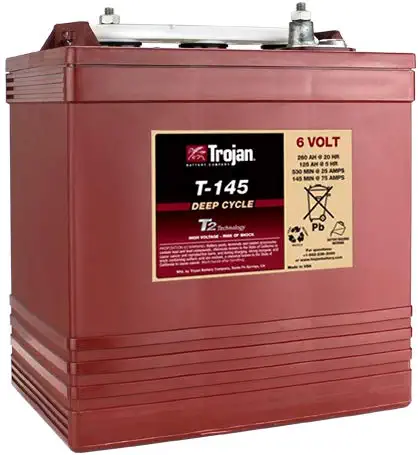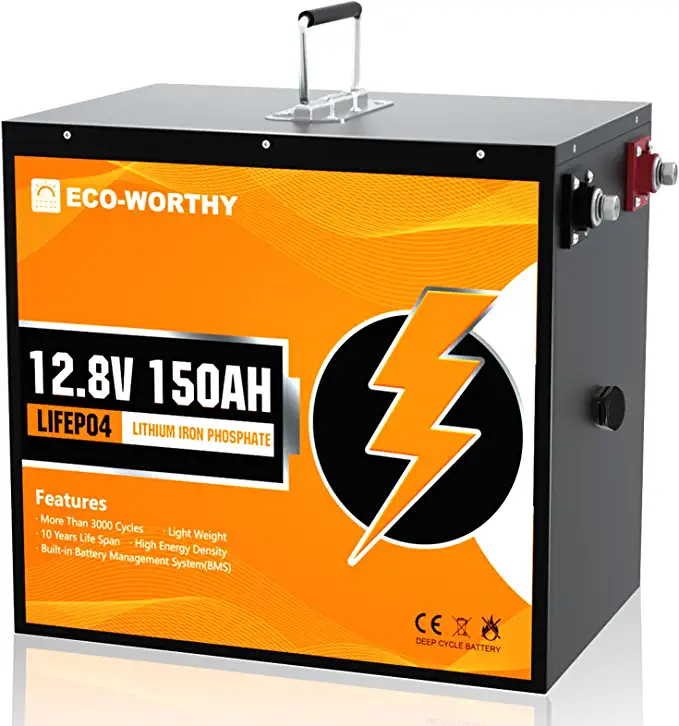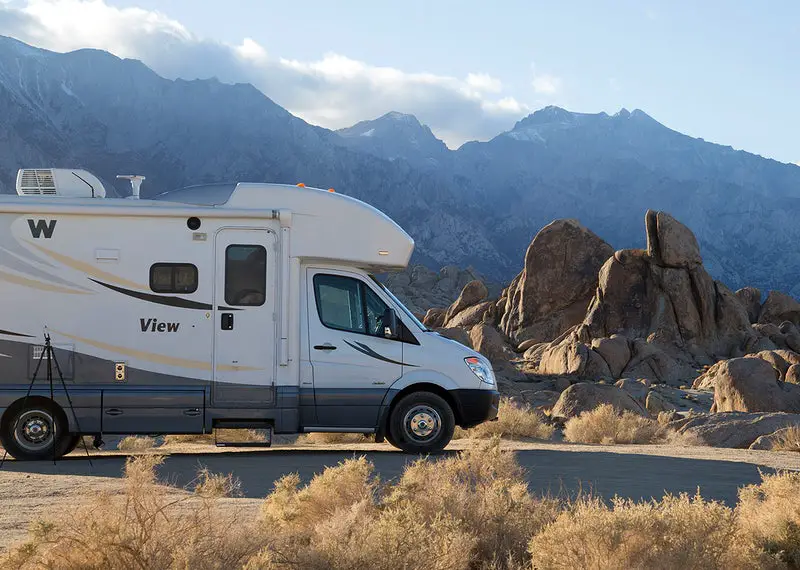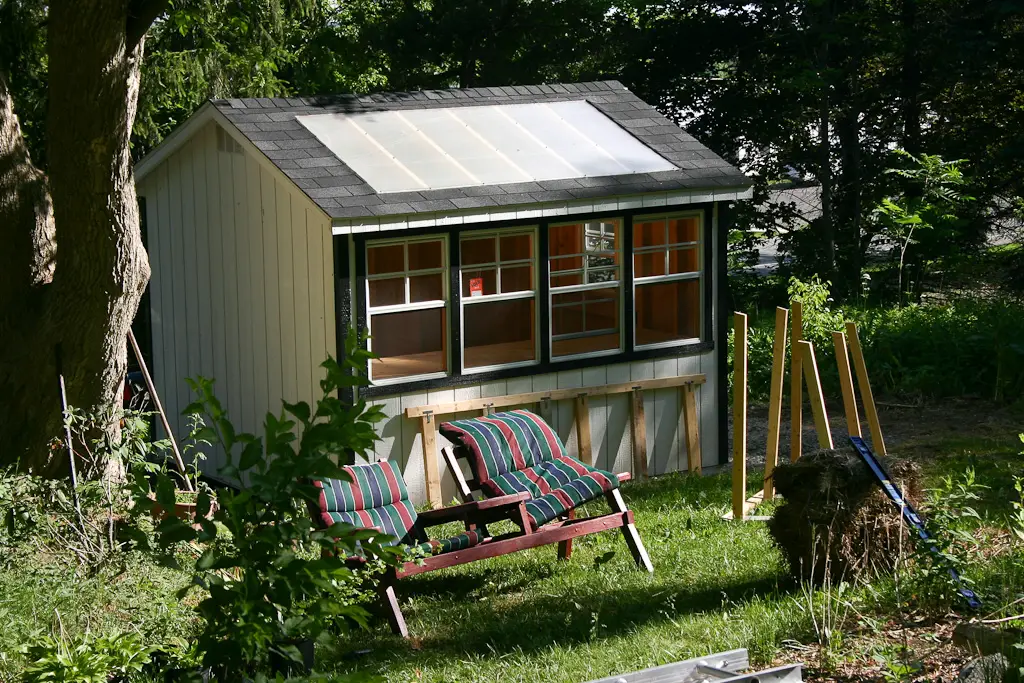One of the biggest questions is how long solar batteries will last. Solar batteries are designed to last for many years, but most solar batteries on the market today will last somewhere between 5 to 15 years.
Below we also answer how many batteries you need to power a house, an RV, and a cabin for 24 hours.
In relative terms, it's a new industry and hasn't quite saturated the mainstream marketplace yet, but that is changing. If you're like other consumers, you probably have many questions about solar batteries and solar power.
We hope to provide some factual information and answer a few questions you might have right here.
If you are considering a solar system, you should be aware that solar batteries will not last as long as solar panels. The average lifespan of a solar panel is around 20 to 30 years, so you will likely need to replace your solar batteries at least once during that time frame.
When choosing a solar battery, it’s essential to consider the warranty and the expected lifespan. Those two factors are influenced by which type of solar battery you select.
What are the different types of solar batteries available on the market today?
Lead-acid:

Lead-acid batteries are the most common type of solar battery on the market. They’re also some of the most affordable, making them a popular choice for homeowners looking to install a solar battery for the first time.
Lead-acid batteries have many advantages, including:
1. Low cost – Lead-acid batteries are typically much cheaper than other types of solar batteries, making them a good option for homeowners on a budget.
2. High efficiency – Lead-acid batteries boast high-efficiency ratings, meaning they can store more energy than other types of batteries with the same footprint.
3. Good discharge rate – Lead-acid batteries can discharge and recharge quickly, making them ideal for applications where rapid response is important.
Lead-acid batteries also have a few disadvantages, including:
1. Short lifespan – Lead-acid batteries typically only last for 5-10 years, making them one of the shortest-lived types of solar batteries on the market.
2. High maintenance – Lead-acid batteries require regular maintenance, such as adding water to the cells, to keep them running properly.
3. Heavy and bulky – Lead-acid batteries are much heavier and bulkier than other types of solar batteries, making them difficult to install and transport.
Lithium-ion:

Lithium-ion batteries are the newest type of solar battery on the market and offer some advantages over other types of batteries, including:
1. Long lifespan – Lithium-ion batteries can last for up to 15 years, making them one of the longest-lived types of solar batteries available.
2. Low maintenance – Lithium-ion batteries require very little maintenance, making them a hassle-free option for homeowners.
3. Lightweight and compact – Lithium-ion batteries are much lighter and more compact than other solar batteries, making them easier to install and transport.
The disadvantages of lithium-ion batteries include:
1. High cost – Lithium-ion batteries are typically much more expensive than other types of solar batteries, making them a better option for homeowners who can afford to invest upfront.
2. Limited availability – Lithium-ion batteries are still relatively new to the market and may not be available in all areas.
3. Requires special equipment – Lithium-ion batteries require special equipment for installation and maintenance, making them a more complicated option for homeowners.
Saltwater:
Saltwater batteries use salt water as an electrolyte. This makes them a good option for solar power applications, as they are not as susceptible to degradation from high temperatures as other types of batteries.
The benefits of saltwater batteries over other types of batteries include:
1. Long lifespan – Saltwater batteries can last up to 15 years, making them one of the longest-lived types of solar batteries available.
2. Low maintenance – Saltwater batteries require very little maintenance, making them a hassle-free option for homeowners.
3. Lightweight and compact – Saltwater batteries are much lighter and more compact than other types of solar batteries, making them easier to install and transport.
4. Environmentally friendly – Saltwater batteries are made with environmentally friendly materials and are recyclable, making them a good option for eco-conscious homeowners.
Saltwater batteries also have a few disadvantages, including:
1. High cost – Saltwater batteries are typically much more expensive than other types of solar batteries, making them a better option for homeowners who can afford to invest upfront.
2. Limited availability – Saltwater batteries are still relatively new to the market and may not be available in all areas.
3. Requires special equipment – Saltwater batteries require special equipment for installation and maintenance, making them a more complicated option for homeowners.
How long will solar batteries power a house? An RV? A cabin?

Regardless of where and what your intended use is for your solar batteries, it's all about power consumption. How much power do your devices (i.e., appliances, lights, and other peripherals) need to operate?
According to the U.S. Energy Information Administration, the average U.S. residential utility customer in 2020 used 10,715 kilowatt-hours (kWh) per year, an average of about 893 kWh per month. Broken down even further, that's approximately 29.35 kWh per day.
As an example, a 100 amp-hour (Ah) battery can sustain about 1200 watts from devices for one hour or 1.2 kilowatt-hours. Simply put, the 100 amp battery could power 12 100-watt light bulbs for 1 hour.
Using a more practical example, but with a similar power draw to our bulbs, a typical domestic fridge uses between 100 and 250 watts. That amounts to 1 to 2 kilowatt-hours (kWh) of total energy usage over a typical day.
However, there is a caveat - batteries have a discharge rating which essentially dictates how much power can be used before the battery should be recharged.
Lead-acid batteries have a discharge rate of 50%. That means our lead-acid battery can only be discharged by half before irreversible damage occurs. In practice, you will only be able to use half of your battery capacity. So realistically, the battery can power the 12 100-watt bulbs for only 30 minutes or the fridge for approximately half a day.
What does all this really mean if I just want power?
For a home:

Based on the average residential customer consumption of 29.35 kWh per day, you would need 3,000 total amp-hours or thirty 100 Ah fully charged batteries to power a home for 24 hours, no matter which technology you choose. It's all about the amps. Higher amp-hour batteries are available which would reduce the total amount needed. For example, you would only need fifteen 200 amp-hour batteries instead of thirty 100 amp-hour.
For an RV:

The average RV uses about 30% of the power of a typical home. Therefore, you would need ten 100 amp-hour batteries (or a combination of batteries totaling 1000 Ah) to power an RV for 24 hours using the same assumptions as above.
Check out our guide on the best RV batteries for boondocking here.
For a cabin:

If you're powering a cabin only used on weekends or holidays, you could get by with two 100 amp-hour batteries. However, if you plan on using the cabin regularly, you'll need more batteries to get you through the week.
To sum it up, it all depends on your power consumption. Larger battery banks will be needed for higher power consumption. And, of course, lead-acid batteries will require more maintenance than lithium batteries.
You can learn more about how many solar panels your small cabin needs here.
However:
Lithium batteries have many advantages over traditional lead-acid batteries. One of the most significant benefits is that they can be fully discharged without damaging the battery.
This means you have the full capacity available to use. In other words, our fridge could run for a full day using a lithium-ion battery instead of just a half day when using a lead-acid battery.
Whether you choose lead-acid or lithium-ion batteries, powering a home with solar requires a significant investment in battery technology and an extensive solar panel array to provide the necessary power.
On a smaller scale, most solar-powered devices use lithium-ion batteries as they are a reliable and efficient rechargeable power source.
Recommendations to extend the charge of your solar battery
Solar battery technology has evolved and is now accepted as a viable energy solution. You can have complete confidence when relying on them to power your home or to keep your devices charged when you're away from home. However, you can do a few simple things to extend the charge of your solar battery.
By following these simple tips, you can help to ensure that your solar battery will last longer between charges:
1. Store your solar battery in a cool, dry place. Heat and humidity can shorten the lifespan of your solar battery, so it’s essential to keep it in a location that won’t speed up its degradation.
2. Use your solar battery regularly. If you let your solar battery sit for too long without using it, the cells can begin to degrade and lose their ability to hold a charge. To prevent this, try to use your battery at least once a month.
3. Avoid deep discharge. When you discharge your solar battery past a certain point, it can damage the cells and shorten the battery's overall lifespan. If possible, try not to let your battery go below 20% charge.
4. Keep an eye on the temperature. Both too hot and too cold temperatures can shorten the lifespan of your solar battery. If you live in an area with extreme temperatures, it’s crucial to take steps to keep your battery within a comfortable range.
By following these simple tips, you can help extend the lifespan of your solar battery and get the most out of your investment.
FAQs
Do solar batteries work in a blackout?
Solar batteries are designed to work in a power outage, but the amount of time they can provide backup power will depend on the size of the battery and how much energy is stored in it.
Where does solar go when batteries are full?
A typical solar system incorporates a charge controller to limit the power input. The charge controller will cut off the charge to the batteries once fully charged. If your home and batteries are connected to the grid, any power that is not being used will be sent back to the utility company through a process known as net metering.
